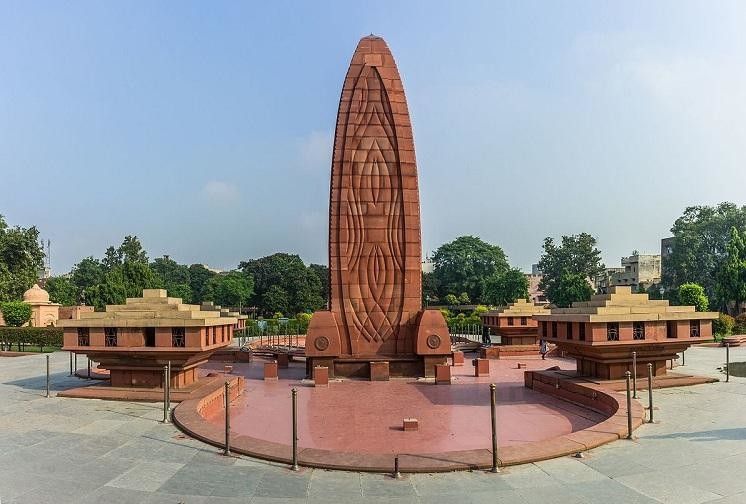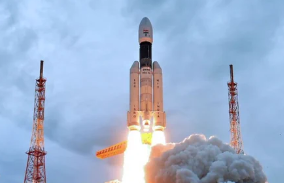This year, India is commemorating the 103 years of the Jallianwala Bagh massacre that was carried out on April 13, 1919. The massacre was one of the most brutal assaults carried out by the British on Indians, during the more than 200 years of their rule.
The massacre was carried out on the auspicious day of Baisakhi, or Vaisakhi, a festival celebrated in Punjab. Several people had gathered at the Jallianwala Bagh, an enclosed garden in Amritsar, for a public meeting, in defiance of a ban on gatherings.
Also Read: Jallianwala Bagh massacre: Who were Micheal O’ Dwyer and General Reginald Dyer?
Why were public meetings banned?
The British had arrested two nationalist leaders, Satya Pal and Dr Saifuddin Kitchlew. Angered by the arrest, a mob had attacked an Englishwoman, Marcia Sherwood. Thus, the British imposed martial law in Amritsar, a day before Baisakhi.
What happened on the day of Baisakhi?
Furious with the defiance by the Indians, General Dyer led the troops to the Jallianwala Bagh and ordered them to fire at the unarmed, which included women and children.
According to some accounts, no warnings were issued, the soldiers kept firing for several minutes and the bodies kept piling up. The British general had brought with him Baluchi and Gorkha soldiers, who fired with rifles. He also brought two armoured cars with mounted machine guns were also brought.
Also Read: ‘Insult to martyrs’: Jallianwalla memorial revamp invites criticism
According to official numbers, 379 people died in the massacre, however, the real number could be much more.
Anguished with the brutal crackdown, Rabindranath Tagore renounced the knighthood bestowed upon him by the British.







